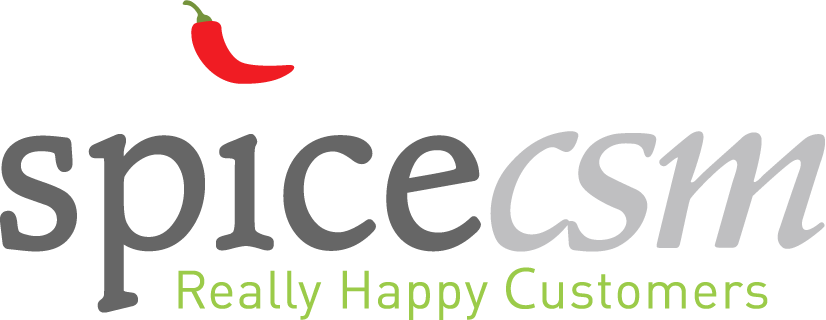The 2016 Gartner Hype Cycle report is chock-full of insights and predictions for leaders in healthcare delivery organizations and IT operating within the medical industry. The report identifies new applications, analytical tools, and IT developments. We want to focus on one particular aspect of the report's predictions because patient experience officers will love this technology.
 Before we begin, a few quick words. The Hype Cycle report focuses on medical advances that target hospitals and healthcare delivery organizations, not small physician practices. The report provides a profile of each new technology, defines it, and explains its relative position within the range of new technologies. The report then predicts how quickly the hospital industry will adopt the new technology and advises users how to approach the new technology. Ok, let's get started.
Before we begin, a few quick words. The Hype Cycle report focuses on medical advances that target hospitals and healthcare delivery organizations, not small physician practices. The report provides a profile of each new technology, defines it, and explains its relative position within the range of new technologies. The report then predicts how quickly the hospital industry will adopt the new technology and advises users how to approach the new technology. Ok, let's get started.
12 New Technologies in The Hype Cycle 2016
The Hype Cycle report identifies 12 new technologies this year but we want to focus on what the report calls the Customer Engagement Hub.
This technology adopts a more complete approach to customer engagement that ties together goals from the customer relations management (CRM) program with what the customer needs.
Adoption Cycle. The Hype Cycle identifies the Customer Engagement Hub adoption cycle as taking more than 10 years. That means, it will take at least ten years before this new technology will be in the mainstream of medical practice.
On the Rise. The Hype Cycle identifies something it calls the Priority Matrix. It is a scale that measures the benefits from a technological advance in comparison to the time it will take to mature. The Priority Matrix asks fundamental questions about the amount of value we will gain from a particular technology and how long will it take before it delivers that benefit with manageable risk.
The Customer Engagement Hub rates the "On the Rise" designation because it has the potential for significant impact, coupled with a reasonable rate of maturity. We should read this matrix with the understanding that 50% of new technologies reach their height of productivity within 5-10 years.
At its heart, what is the Customer Engagement Hub (CEH)? It is really a group of systems tied together by technology and a concept that drives the process to engage the customer at an optimal level. CEH means using all types of communications, proactive and reactive, through all channels of communications and throughout every institutional department, in order to engage customers at a personal level. The goal is to align marketing, customer service, and sales to engage the customer and keep him engaged.
Position and Adoption Speed. The report predicts that 60% of larger organizations will begin a more "holistic" approach to customer service within the next three years. This means that customer needs will be the focal point around which all CRM goals and systems revolve. Just as customer engagement centers have incorporated social media, customer messaging platforms, and online communities, other departments such as marketing and sales and IT will develop ways that will bring them together with CEH. The Hyper report predicts that by 2018 only 20% of organizations will have found the right combination of technologies to make that goal a reality. Even so, meeting customers anywhere, any place, at any time is a priority for both public and private sector organizations.
CEH Ratings. The Hyper Report rates CEH as highly beneficial, with a penetration rating at 1% - 5% of its targeted audience at this point. With that kind of penetration, CEH is clearly an emerging technology. The high rating means it has the potential for increased revenue or cost savings for the organization.
And the report's advice for users? The report recommends that IT leaders, customer care directors, leaders in marketing, digital commerce and telesales should cooperate to assess the processes that drive customer satisfaction and engagement. Hyper Cycle encourages these leaders to test how prepared their organization is to evolve into CEH and to assess their vendors' abilities to convert to the new dynamic as well.
To talk more about this, or anything else, please contact us. We look forward to helping you advance your business into the 21st century and beyond.



